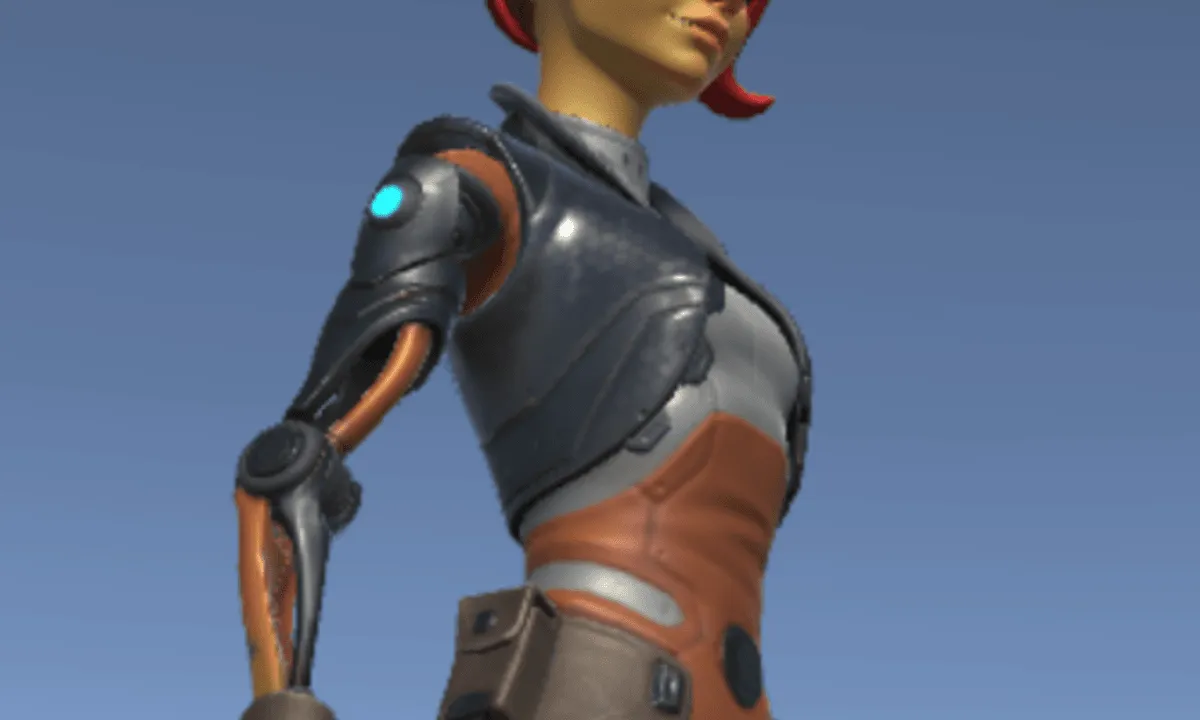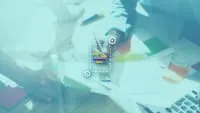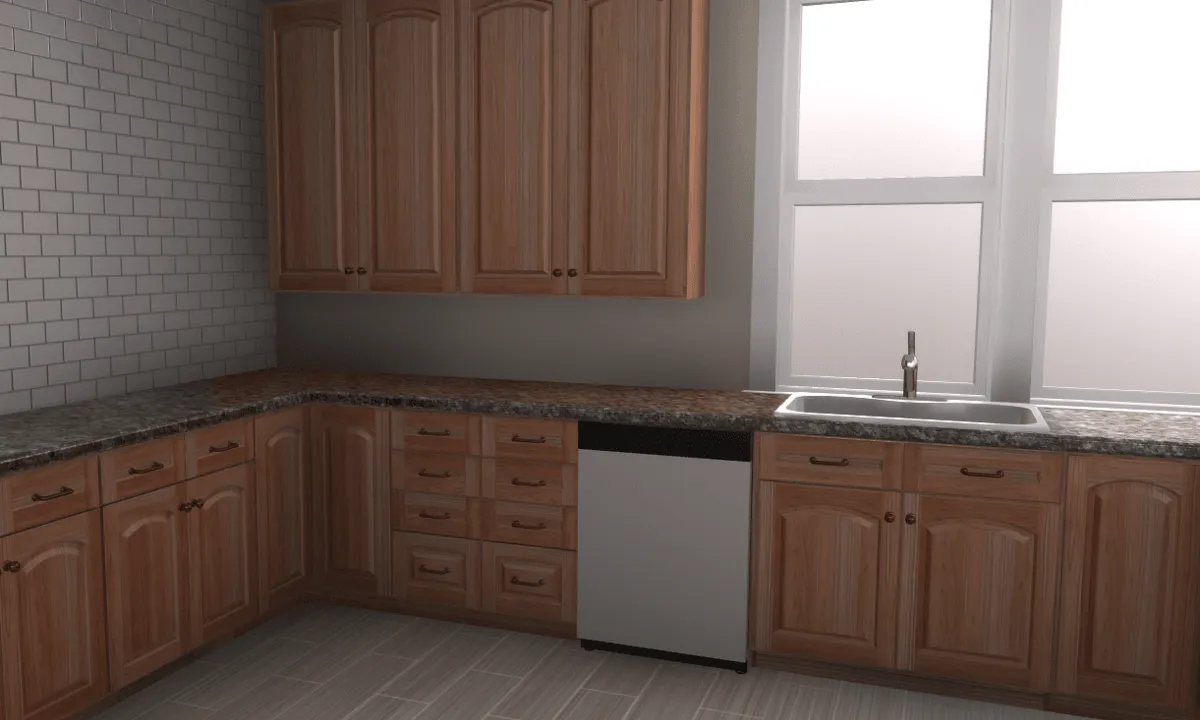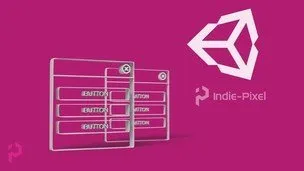
Character Setup and Animation 
This course provides an introduction to the fundamentals of character setup and animation in Unity, teaching the skills needed to create believable characters and animations. Gain the knowledge to become a Unity Certified 3D Artist and take your career to the next level. ▼
ADVERTISEMENT
Course Feature
![]() Cost:
Cost:
Free
![]() Provider:
Provider:
Coursera
![]() Certificate:
Certificate:
Paid Certification
![]() Language:
Language:
English
![]() Start Date:
Start Date:
6th Sep, 2021
Course Overview
❗The content presented here is sourced directly from Coursera platform. For comprehensive course details, including enrollment information, simply click on the 'Go to class' link on our website.
Updated in [March 06th, 2023]
Welcome to Character Setup and Animation, the fourth course in the Unity Certified 3D Artist Specialization from Unity Technologies.
The courses in this series will help you prepare for the Unity Certified 3D Artist exam, the professional certification for entry- to mid-level Unity artists. 3D artists are critical to the Unity development pipeline. They are a bridge between the programmers writing the application code and the designers or art directors who define the application's aesthetics and style. In these courses, you will be challenged to complete realistic art implementation tasks in Unity that are aligned to the topics covered on the exam.
In courses 4 and 5, you will work on a sci-fi themed 3D adventure game. You'll import assets and create effects that are more stylish and cartoony than the realistic kitchen in the previous courses. For this course, you will first import the assets for the main character, then get her animations working with an Animator Controller. Next, you'll create a procedural camera to follow her movements using Unity's Cinemachine system. Finally, you'll learn how to use Unity's Collaborate service for effective version control, and you'll wrap up the course with a peer reviewed project.
This is an intermediate course, intended for people who are ready for their first paying roles as Unity 3D artists, or enthusiasts who would like to verify their skills against a professional standard. To succeed, you should have at least 1-2 years of experience implementing 3D art in Unity. You should be proficient at importing assets into Unity from Digital Content Creation (DCC) tools, prototyping scenes, working with lighting, and adding particles and effects. You should also have a basic understanding of 2D asset management, animation, and working with scripts. You should have experience in the full product development lifecycle, and understand multi-platform development, including for XR (AR and VR) platforms.
(Please note that we obtained the following content based on information that users may want to know, such as skills, applicable scenarios, future development, etc., combined with AI tools, and have been manually reviewed)
[Why learn this course]: Character Setup and Animation is an essential course for anyone looking to become a Unity Certified 3D Artist. It will help you develop the skills needed to create and animate characters in Unity, as well as learn how to use Cinemachine and Collaborate for effective version control. You will also gain a better understanding of the full product development lifecycle, and learn how to create assets for multiple platforms, including XR (AR and VR).
By the end of this course, you will have a better understanding of the Unity development pipeline, and be able to create and animate characters in Unity. You will also be able to use Cinemachine and Collaborate for effective version control, and create assets for multiple platforms, including XR (AR and VR). You will be well-prepared to take the Unity Certified 3D Artist exam and become a professional Unity 3D artist.
[Applications]
Upon completion of this course, students will have the skills necessary to apply their knowledge of character setup and animation in Unity to create engaging 3D experiences. They will be able to import assets, create an Animator Controller, use Cinemachine to create a procedural camera, and use Unity's Collaborate service for version control. Students will also be able to create a peer-reviewed project that demonstrates their understanding of the topics covered in the course.
[Career Paths]
Recommended Career Paths:
1. 3D Artist: 3D artists are responsible for creating 3D models, textures, and animations for video games, movies, and other interactive media. They use a variety of software tools to create assets, and must be able to work with a team to ensure that the assets are implemented correctly in the game engine. 3D artists must also be able to troubleshoot any issues that arise during the development process. The demand for 3D artists is growing, as more companies are looking to create immersive experiences for their customers.
2. Animator: Animators are responsible for creating the movement and behavior of characters and objects in video games, movies, and other interactive media. They use a variety of software tools to create animations, and must be able to work with a team to ensure that the animations are implemented correctly in the game engine. Animators must also be able to troubleshoot any issues that arise during the development process. The demand for animators is growing, as more companies are looking to create realistic and immersive experiences for their customers.
3. Technical Artist: Technical artists are responsible for bridging the gap between art and programming. They use a variety of software tools to create assets, and must be able to work with a team to ensure that the assets are implemented correctly in the game engine. Technical artists must also be able to troubleshoot any issues that arise during the development process. The demand for technical artists is growing, as more companies are looking to create immersive experiences for their customers.
4. XR Developer: XR developers are responsible for creating immersive experiences for virtual reality (VR), augmented reality (AR), and mixed reality (MR) applications. They use a variety of software tools to create assets, and must be able to work with a team to ensure that the assets are implemented correctly in the game engine. XR developers must also be able to troubleshoot any issues that arise during the development process. The demand for XR developers is growing, as more companies are looking to create immersive experiences for their customers.
[Education Paths]
Recommended Degree Paths:
1. Bachelor of Science in Computer Science: This degree path provides a comprehensive understanding of computer science fundamentals, including programming, software engineering, and computer architecture. It also covers topics such as artificial intelligence, computer graphics, and game development. This degree is ideal for those interested in developing 3D art in Unity, as it provides the necessary technical skills to create and implement art assets.
2. Bachelor of Arts in Game Design: This degree path focuses on the design and development of video games, including game mechanics, storytelling, and user experience. It also covers topics such as game programming, 3D modeling, and animation. This degree is ideal for those interested in creating 3D art in Unity, as it provides the necessary design and technical skills to create and implement art assets.
3. Master of Science in Computer Science: This degree path provides an advanced understanding of computer science fundamentals, including programming, software engineering, and computer architecture. It also covers topics such as artificial intelligence, computer graphics, and game development. This degree is ideal for those interested in developing 3D art in Unity, as it provides the necessary technical skills to create and implement art assets.
4. Master of Arts in Game Design: This degree path focuses on the design and development of video games, including game mechanics, storytelling, and user experience. It also covers topics such as game programming, 3D modeling, and animation. This degree is ideal for those interested in creating 3D art in Unity, as it provides the necessary design and technical skills to create and implement art assets.
Developing Trends:
1. Virtual Reality (VR): VR is becoming increasingly popular in the gaming industry, and Unity is a popular platform for creating VR experiences. As such, there is a growing demand for 3D artists who are proficient in creating art assets for VR applications.
2. Augmented Reality (AR): AR is becoming increasingly popular in the gaming industry, and Unity is a popular platform for creating AR experiences. As such, there is a growing demand for 3D artists who are proficient in creating art assets for AR applications.
3. Artificial Intelligence (AI): AI is becoming increasingly popular in the gaming industry, and Unity is a popular platform for creating AI-driven experiences. As such, there is a growing demand for 3D artists who are proficient in creating art assets for AI applications.
4. Cloud Computing: Cloud computing is becoming increasingly popular in the gaming industry, and Unity is a popular platform for creating cloud-based experiences. As such, there is a growing demand for 3D artists who are proficient in creating art assets for cloud-based applications.
Course Syllabus
Setting Up a Character Controller
Welcome to the course. In this first section, you’ll be introduced to the Challenge/Solution format of this course, then start work implementing complex character models into a 3D adventure game Unity project.Creating the Player Animator Controller
Next, you'll create an Animator Controller for the game's swashbuckling main character, Ellen, and set up the appropriate animation states to get her moving in the game environment.Creating the Player Camera
In this section you will use Unity's Cinemachine tool to create a camera system that will automatically follow the main character and can be rotated with a mouse controller.Working with Collaborate
Now that you have your project working correctly, it's a good time to share it with your teammates so that you can work on it together, seamlessly. In this section, you will upload your project to Unity's Collaborate version control service.Course Final Project
For the final project in this course, you will import and configure the animations for the “Chomper” enemy, and share you work with your peers.Course Provider

Provider Coursera's Stats at AZClass
Discussion and Reviews
0.0 (Based on 0 reviews)
Explore Similar Online Courses

Project Management Templates Creation Course

The Mini WordPress Theme Development Course for Beginners

Python for Informatics: Exploring Information

Social Network Analysis

Introduction to Systematic Review and Meta-Analysis

The Analytics Edge

DCO042 - Python For Informatics

Causal Diagrams: Draw Your Assumptions Before Your Conclusions

Whole genome sequencing of bacterial genomes - tools and applications

Learn Unity 3D and C# By Making a Full Game (2023)

Asset Creation and Management


Start your review of Character Setup and Animation